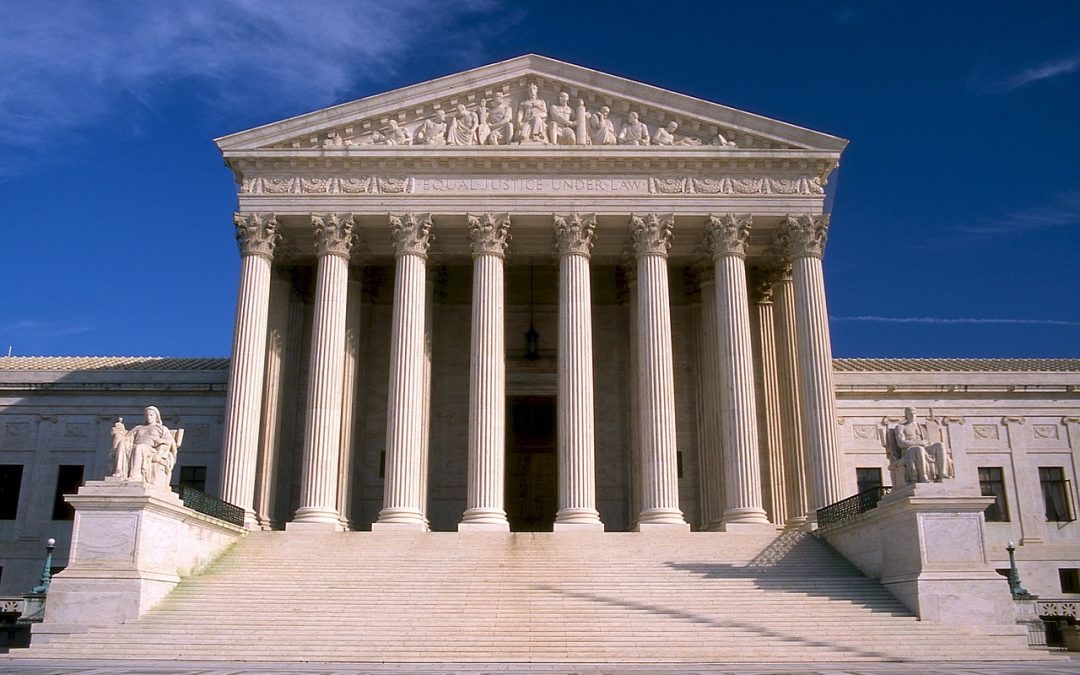
What does the Second Amendment mean? Is it still relevant today?
Yes, the 2nd Amendment is still relevant today. However, because of the age of the U.S. Constitution, it seems reasonable to test it from time to time. Consider that since its ratification, the U.S. has expanded by 37 states from the original 13, and the population of...

Early Supreme Court Decisions Were Anti-Gun
United States v. Cruikshank (1875) The first test was found in United States v. Cruikshank (1875), which involved the use of a firearm, that was deemed illegal, during the murder of more than a hundred black men over a political dispute. The overall...

Two Supreme Court Decisions Change the Rules Regarding State Gun Control
In District of Columbia v. Heller (2008), a case reached the Supreme Court docket that dismantled previous court case’s claims that while Congress could not infringe upon the right to bear arms, states did have the power to regulate and restrict gun ownership. The...

The Supreme Court Decides “The Second Amendment protects an individual right to possess a firearm unconnected with service in the militia”
While the majority of the Court ruled that the “The Second Amendment protects an individual right to possess a firearm unconnected with service in the militia,” and that individuals had the right to use that firearm “for traditionally lawful purposes, such as...

The Original Intent of the 2nd Amendment And The Creation of the Bill of Rights
James Madison initially wanted to incorporate the amendments to the Constitution into the text of the original document. However, other delegates disagreed with the idea, and in the end, Madison and company attached the Bill of Rights to the tail of the Constitution....
What is Well Regulated
Militia?

We will be organizing training events, discussing firearm policy and current events, creating how-to instructions for lawfully making your own firearms, organizing group buys to save members money, and much more. If you believe that a well regulated militia is the best security for a free state and that the right of the people to keep and bear arms shall not be infringed, please consider joining Well Regulated Milita!
our online
store
Show your support by purchasing one our 2nd Amendment Shirts, 2nd Amendment Hats, or other pro-2A gear in our store.

WRM Gadsden Flag Vinyl Sticker

Black Rifles Matter Vinyl Sticker

Well Regulated Militia MP5 Vinyl Sticker

WRM Insignia Vinyl Sticker

Well Regulated Militia M16 Vinyl Sticker

Well Regulated Militia AK-47 Vinyl Sticker
History of the 2nd Amendment and
The Facts
While the original Constitution expressed the notion of limited power within the Federal Government, it provided few specific rights and liberties for the people. Without these individual rights attached to the Constitution, many state delegates believed that a strong Federal Government could potentially abuse its citizens by denying them basic rights. These delegates, called Anti-Federalists, were led by Virginia’s Patrick Henry, who did not sign the original Constitution and demanded a Bill of Rights for the people, refusing to support ratification of the document without amendments attached to it. Reluctantly, the Federalists, led by Virginia delegate James Madison (the Father of the Constitution), being its main writer, and New York delegate Alexander Hamilton agreed to the amendments in order to complete ratification.

Alexander
Hamilton

Patrick
Henry

James
Madison
“A well regulated Militia, being necessary to the security of a free State, the right of the people to keep and bear Arms, shall not be infringed.”
The U.S. Constitution is the world’s longest surviving written charter of government, according to multiple sources, including the National Archives and the Encyclopedia Britannica. It is a miracle of invention, considering that the average lifespan of a national constitution is 17 years since 1789, according to University of Chicago law and political science professor Thomas Ginsburg.
Articles

What does the Second Amendment mean? Is it still relevant today?
Yes, the 2nd Amendment is still relevant today. However, because of the age of the U.S. Constitution, it seems reasonable to test it from time to time. Consider that since its ratification, the U.S. has expanded by 37 states from the original 13, and the population of...

Early Supreme Court Decisions Were Anti-Gun
United States v. Cruikshank (1875) The first test was found in United States v. Cruikshank (1875), which involved the use of a firearm, that was deemed illegal, during the murder of more than a hundred black men over a political dispute. The overall...

Two Supreme Court Decisions Change the Rules Regarding State Gun Control
In District of Columbia v. Heller (2008), a case reached the Supreme Court docket that dismantled previous court case’s claims that while Congress could not infringe upon the right to bear arms, states did have the power to regulate and restrict gun ownership. The...

The Supreme Court Decides “The Second Amendment protects an individual right to possess a firearm unconnected with service in the militia”
While the majority of the Court ruled that the “The Second Amendment protects an individual right to possess a firearm unconnected with service in the militia,” and that individuals had the right to use that firearm “for traditionally lawful purposes, such as...

The Original Intent of the 2nd Amendment And The Creation of the Bill of Rights
James Madison initially wanted to incorporate the amendments to the Constitution into the text of the original document. However, other delegates disagreed with the idea, and in the end, Madison and company attached the Bill of Rights to the tail of the Constitution....

Why is the idea of “A Well Regulated Militia” coupled with the “Right Of The People To Keep and Bear Arms”?
Coming back to the Second Amendment, the question for some becomes, why is the idea of “a well regulated Militia” coupled with “the right of the people to keep and bear Arms.” The argument for those in the “gun control” quarters is that if the right to bear arms is an...

“Organized Militias” vs “Unorganized Militias”
The Militia Act of 1903 organized the National Guard into a component of the U.S. Military with funding provided by both the Federal and state governments, and made it clear that the U.S. Government could federalize the National Guard for national security reasons....

The Bedrock of the Second Amendment and its Application Today
The bedrock of the Second Amendment is found in the Glorious Revolution that occurred in 1688 on the British Isles. The Revolution began when influential Protestants thought King James II was attempting to suppress and potentially destroy the Protestant religion...

Should The Second Amendment Be Updated To Account For Modern Society And Technological Advances?
This is a difficult question for many reasons. Obviously not everyone should be able to posses nuclear technology, drone controlled armies, and other advanced weapononry the future has in store for us. Pragmatic minds certainly understand the original intent of the...
